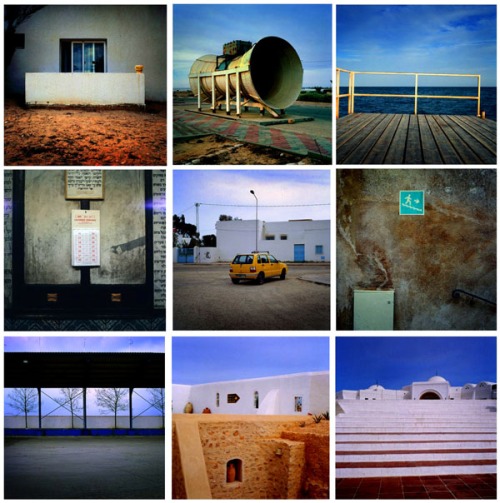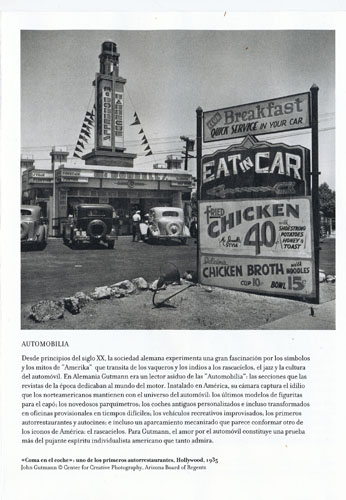Carlos M. Fernandes
-
Search It!
-
Recent Entries
- Collecting (17) – Zamora
- The Ceremony of Innocence is Drowned
- Collecting (16) — Trilogia (Trilogy)
- Photographing, Aging and Dying
- Words and Photography (Mark Kurlansky)
- Collecting (15) — Bordertown
- Collecting (14) – Renato Roque’s Dreams
- Collecting (13) – Diapositives
- Behind carte-de-visite
- Words and Photography (Peter Handke)
-
Links
- A Arte da Fuga
- A Origem das Espécies
- A Photography Blog
- ABC do PPM
- Abrupto
- Afonso Azevedo Neves
- Alexandre Pomar
- Ana Pereira
- Aperture
- APPh
- Artcapital
- Arte Photographica
- Asian Photography Blog
- Atalaya
- Atlântico
- Ópera…
- Bio-inspired Computation
- Blasfémias
- Blue Lounge
- Buda@Peste
- Cachimbo de Magritte
- Carlos Lobo
- Carlos M. Fernandes
- Cinco Dias
- Combustões
- Contra a Corrente
- Crítico
- Desenhos com Luz
- Devaneios Desintéricos
- Dvafoto
- Estado Sentido
- Eternas Saudades do Futuro
- favacal
- Fugas
- Fundamentos da Passagem
- Geneura
- Grand Monde
- Illigal
- Insónia
- Kameraescura
- Kameraphoto
- Leonel Moura
- Machina Speculatrix
- Magnum Blog
- Miguel Coelho
- Miguel Santos
- Na Cozinha
- Na Cozinha
- Nafarricos
- Núcleo de Arte Fotográfica
- No Mundo
- No Mundo
- Nuno Castelo-Branco
- O Insurgente
- O Observador
- P4PHOTOGRAPHY
- Pente 10
- Perpetuum Mobile
- Photography
- Photography Blog
- Plexu
- Portugal Contemporâneo
- Portugal dos Pequeninos
- Pumba in Japan
- Rabbit’s Blog
- Random Precision
- Rua da Judiaria
- Sais de Prata e Pixels
- Small Brother
- Stick Me
- Super Flumina
- The Photobook
- The PhotoBook
- theartsight
- Ultraperiférico
- Vento Sueste
- WordPress.com
- WordPress.org
- Y Viva España




















